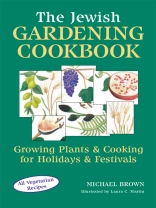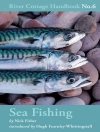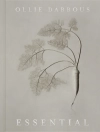A down-to-earth approach to spirituality that links your garden with biblical tradition.
“Perhaps you’re asking, ‘What is a “Jewish garden”?’ Though it is essentially a collection of plants, it’s really more than that. You don’t just grow plants in a Jewish garden; you incorporate them into your life. Some will help transport you to different times and places; others will provide your senses with aromas, tastes, and beauty. All will help you experience a more personal attachment to God and to Judaism.”
—from the Introduction
This guide shows how your gardening can sustain your spirit in new ways, whether you grow one fig tree on an apartment terrace, or five acres of wheat in the country. It may also help you realize, as never before, that for each fruit and vegetable associated with every holiday, there is a profound and sustaining reason.
To ancient Jews, figs symbolized prosperity, grapes signified fertility, and olives represented the renewal of life. Barley was the chief cooking staple, and dates were a honey substitute. The Jewish Gardening Cookbook gives clear and easy-to-follow instructions on how these foods—and more—can be grown and used for holidays, festivals, and life cycle events. For example, following the cycle of the Jewish year, it explains how to grow apples to bake in apple-raisin-nut cake at Rosh Hashanah, potatoes for latkes at Hanukkah, and ways to maximize use of your zucchini crop with zucchini nut bread at Purim.
The Jewish Gardening Cookbook provides tasty vegetarian recipes so that what you grow can be enjoyed during holiday meals, bringing our biblical past into our lives as people who have a profound relationship with the Land of Israel.
Tentang Penulis
Michael Brown is an avid gardener who has lived, planted, and harvested in the United States and Israel. A reference librarian and educator, he is the author of New Jersey Parks, Forests, and Natural Areas: A Guide.












